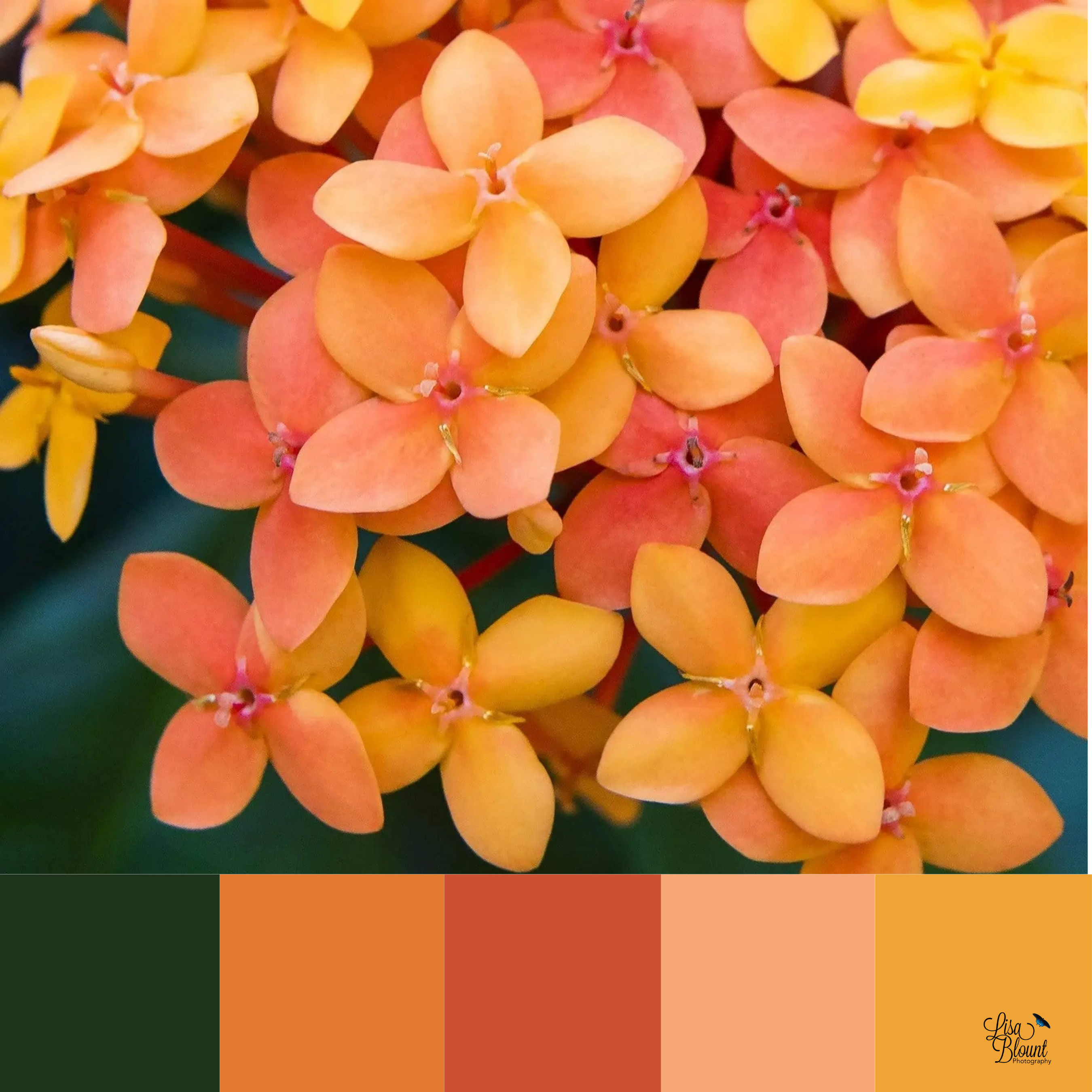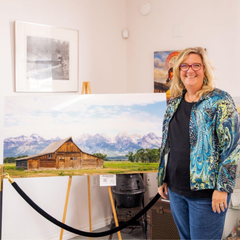If you’ve ever driven through the Hill Country in early spring, you already know: there’s nothing quite like seeing a field of Texas Bluebonnets in full bloom. The vibrant blue, the smell of earth and sunshine, the way the flowers catch the light—it's a season that feels short, sacred, and just a little magical.

As a fine art photographer and lifelong nature-lover, bluebonnet season is one of my favorite times to grab my camera and chase the light. I’ve wandered past barbed wire fences, waited for golden hour, and knelt low in the grass (watching carefully for snakes! ... I am NOT a fan of snakes - poisonous or not!!) to capture these blooms in their natural glory.
So… When IS the Best Time to See Texas Bluebonnets?
Typically, bluebonnets start blooming in March and peak in early to mid-April. Timing depends a bit on the weather—warm winters and early rains can kick things off early, while colder seasons may delay the show. Your best bet? Plan a Texas wildflower road trip between late March and early April. Bonus points if you hit the Hill Country right after a rain—those blooms will be show-stopping.
Where Are the Best Places to See Bluebonnets in Texas?
Honestly, you’ll find bluebonnets popping up all over central and south Texas, but a few spots are especially famous. Willow City Loop near Fredericksburg is a favorite (especially for photographers). Ennis, just south of Dallas, hosts an annual Bluebonnet Trails Festival. And the roads around Brenham and Marble Falls are practically blue-carpeted each spring.
But sometimes? The best blooms show up on quiet backroads. One of my favorite bluebonnet photos was taken on the side of a two-lane highway, with no one else around except the cows watching me work.
Can You Pick Bluebonnets? And Other Things People Always Ask…
This comes up a lot, especially from out-of-towners: Is it illegal to pick a bluebonnet in Texas? The short answer is no, it’s not technically illegal *unless* you’re on private property, or doing damage in the process. But here’s the truth—most Texans agree: leave them be. Bluebonnets are for everyone to enjoy, and picking them can shorten their bloom window or prevent reseeding. (Plus, let’s be real—it’s hard to top a photo in the wild!)
And speaking of ownership… Can you *buy* bluebonnets? Yes! Bluebonnet seeds are widely available and you’ll find them in garden centers across the state. They’re technically annuals, but they often reseed themselves and come back year after year—so you could say they act like perennials, especially in the right soil and climate. Just give them lots of sun, well-drained soil, and some patience. They don't love overly rich soil and usually do best when left alone.
Do They Grow Anywhere Outside of Texas?
While bluebonnets are famously tied to Texas (they’re the official state flower, after all), they can be grown in other parts of the South with similar conditions. You’ll even find people planting them in Florida! Just know—they thrive in dry, sunny areas and might not behave the same way outside their native landscape.
Are Bluebonnets Poisonous?
Yes—fun fact that’s not-so-fun for curious pets or kiddos—bluebonnets are toxic if eaten. Like many wildflowers, they’re beautiful to look at but not meant for snacking. Just admire them, snap your photo, and move on.
Bringing the Texas Bluebonnet Indoors
For those of us who can’t get enough of these springtime blues, I created a fine art photography piece called Texas Bluebonnet—a large-scale wall print that captures the feeling of standing in a sea of blooms, sun warm on your skin, camera in hand, and not a care in the world.
Whether you’re a Texan by birth, heart, or just a visitor passing through, this piece is a love letter to one of the most iconic sights in the South. You can bring a little bit of Texas spring into your space—minus the pollen or rattlesnakes.
Click here to view the Texas Bluebonnet fine art print and see why this bloom continues to inspire artists, photographers, and wildflower lovers alike.
Now you know! :)
~ Lisa






